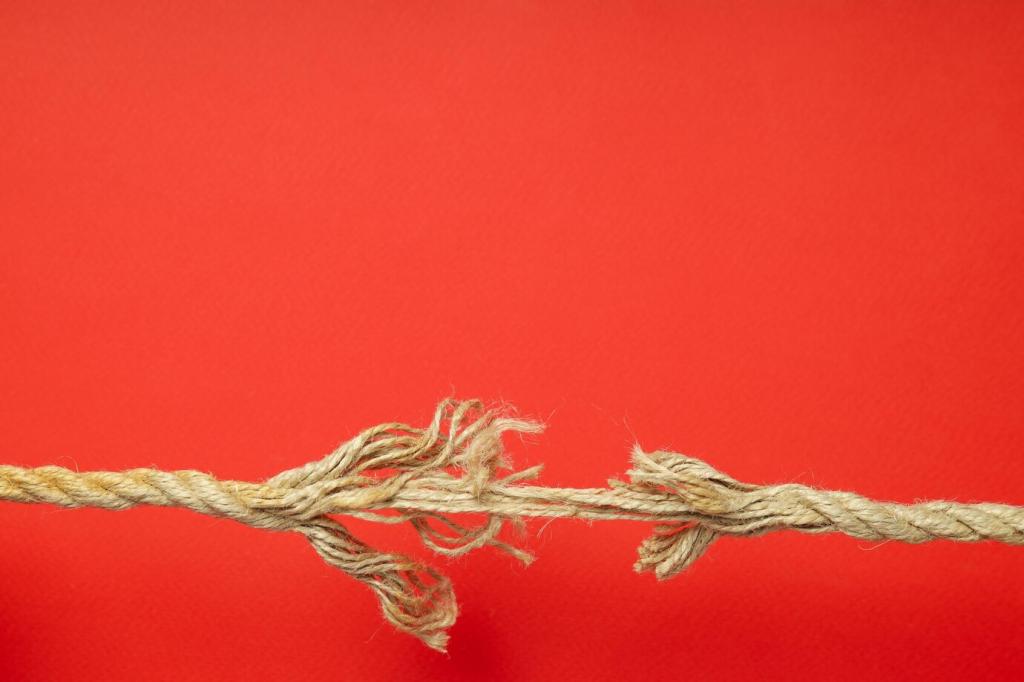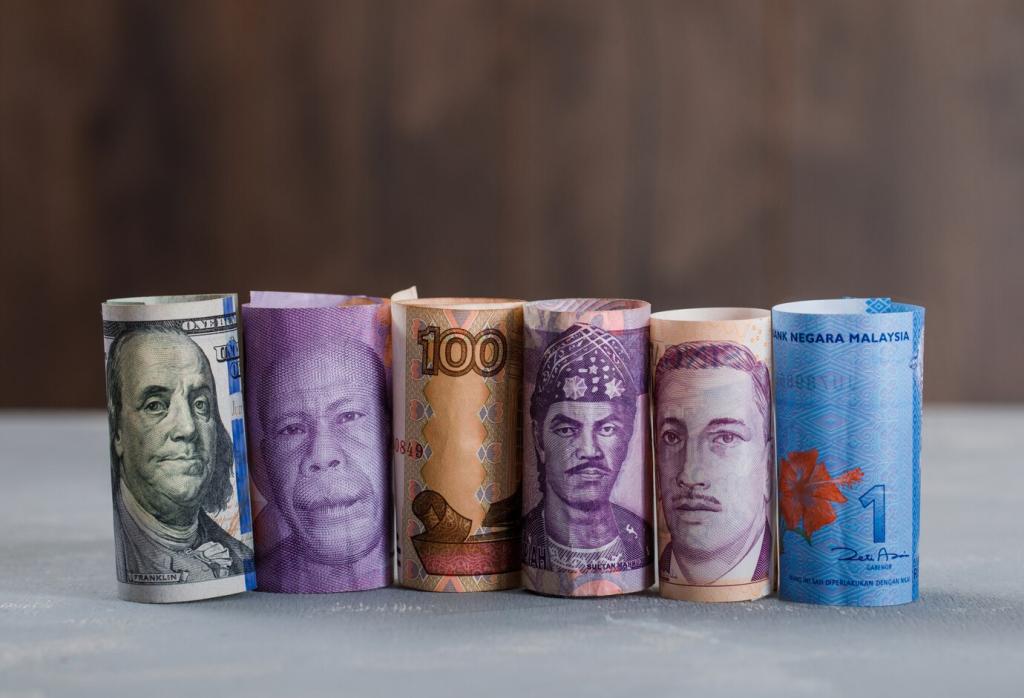Strategies for Reducing Debt and Increasing Savings: Your Friendly Roadmap
Begin With Clarity: Map Your Debts and Savings Priorities
List every debt with balance, interest rate, minimum payment, and due date. Add income, fixed bills, and essential spending. This honest snapshot becomes your dashboard for choices, tradeoffs, and measurable progress toward reducing debt and increasing savings.

Pick Your Paydown Strategy: Avalanche or Snowball
Order debts by highest interest rate and attack the top while paying minimums on the rest. This method saves the most money over time. Track interest avoided each month to stay motivated and celebrate compounding wins.
Pick Your Paydown Strategy: Avalanche or Snowball
Order debts by smallest balance and clear the tiniest one first to build momentum. Each quick victory frees a payment you roll onto the next. The emotional boost often outweighs slightly higher interest costs.



Set an automatic transfer on payday to a high yield savings account labeled emergency or freedom fund. Even twenty dollars builds the habit. Increase the amount after each raise or paid off debt to accelerate progress steadily.

Enable purchase round ups that shift spare change into savings. Add a weekly five dollar sweep. Small amounts become surprisingly meaningful when protected by automation, and they reinforce your identity as a steady saver.

Label accounts with goals like safety cushion, travel fund, or debt freedom jubilee. Names create emotional anchors that outlast fleeting urges. Comment with your favorite account name to inspire others to personalize their journey.

Adopt a zero based or rule of three budget
Give every dollar a job, or limit variable spending to three flexible categories you can track easily. Simplicity keeps you consistent. Revisit weekly to adjust for realities instead of abandoning the plan when life shifts.
Add friction to impulse spending
Remove saved cards from shopping sites, use a forty eight hour rule, and keep a wish list. Friction creates space for intention. Redirect avoided purchases into your savings account immediately to reward your future self.

Build Safety Nets and Habits That Last
Start with five hundred to one thousand for quick shocks, then grow to one month, then three. Keep it separate and boring. The calm it brings reduces stress spending and keeps debt from creeping back during surprises.


Build Safety Nets and Habits That Last
Attach money check ins to existing routines like Sunday coffee. Track streaks visibly. Tiny, repeated actions compound beautifully when protected by structure, turning today’s careful choices into tomorrow’s confident financial stability.
